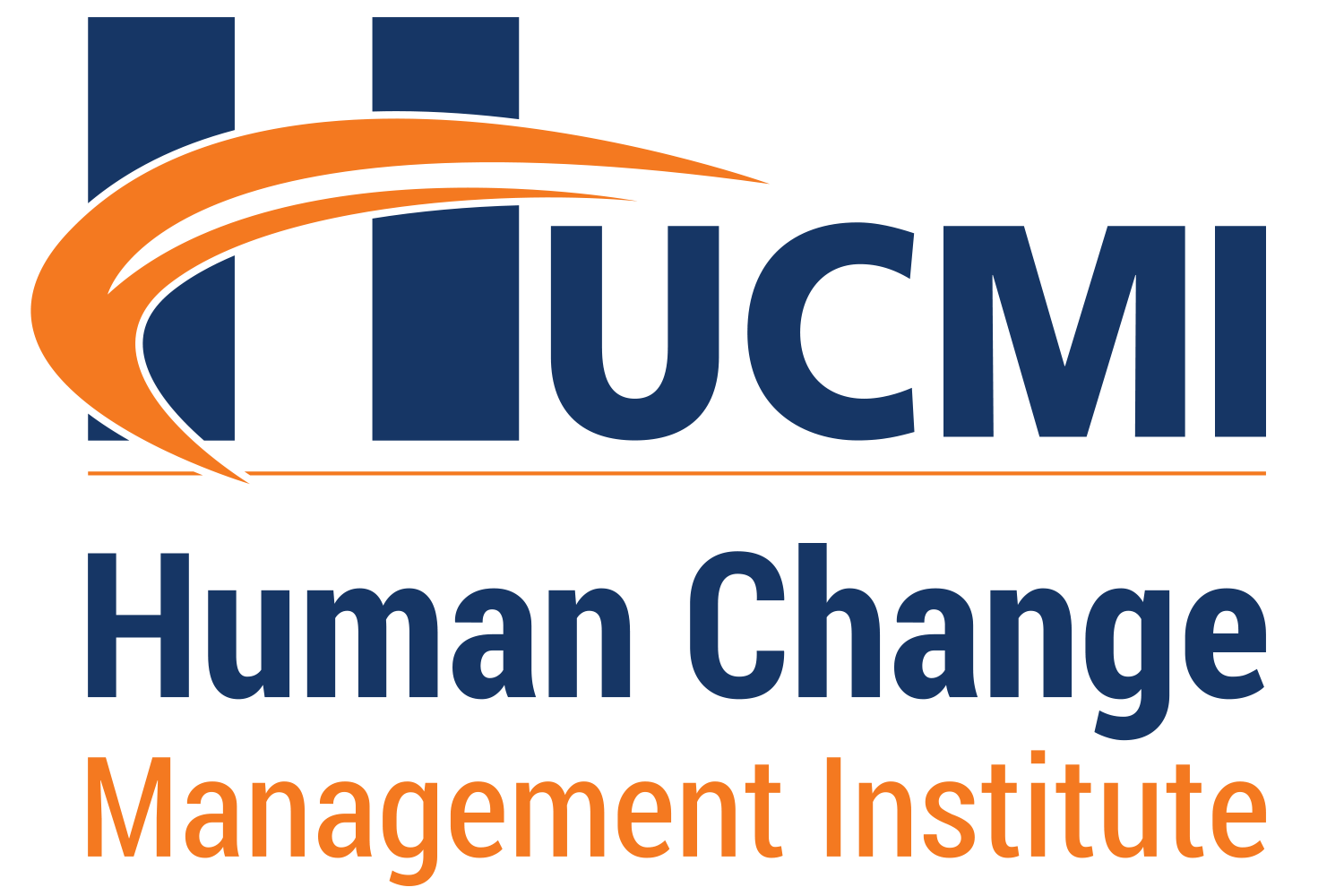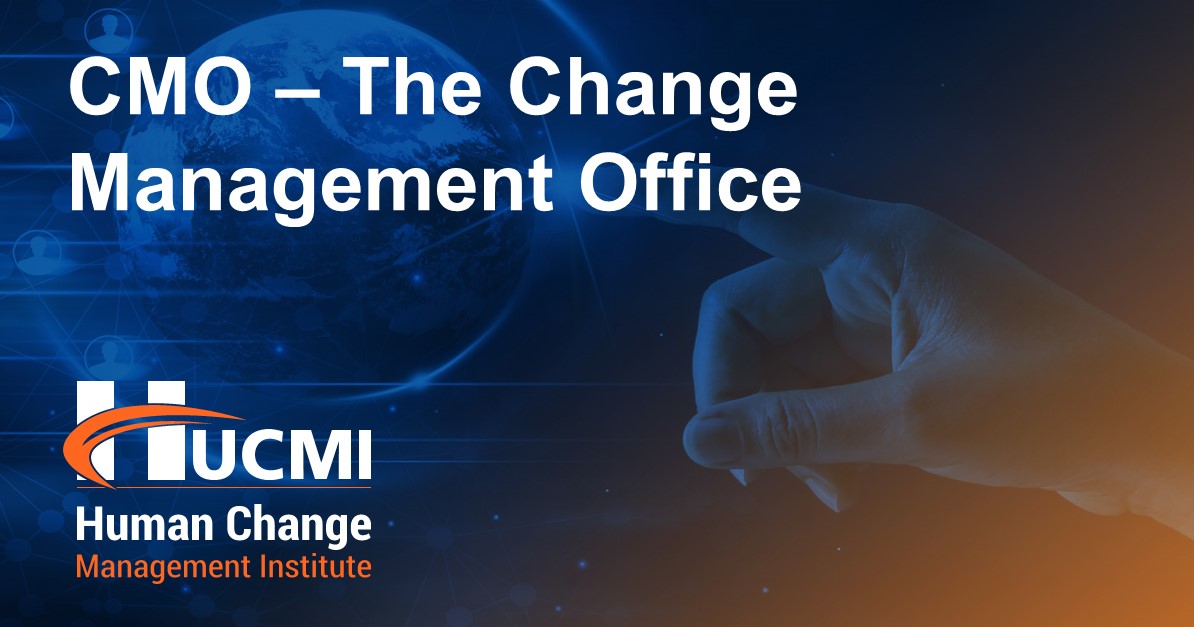Many projects fail to achieve their strategic objectives due to a lack of explicit sponsorship. Data from the Pulse of the Profession report (2014), produced by PMI®, shows that only 41% of projects without engaged and active sponsorship succeed. This report demonstrates that three integrated factors are more than doubling the likelihood of a project delivering its strategic objectives. They are:
- Adopting a standardized model for program and project management.
- Having committed and active sponsors (change leaders) in the projects.
- Managing human issues within change processes.
Various sources and recent studies show that without leadership and management of human and cultural aspects, organizations don’t change.
Organizations that have recognized the importance of including organizational change management as part of their culture are adaptive, agile, and capable of responding quickly to internal and external factors that influence their performance and market positioning.
It’s not the volume of investments or the ability to create a disruptive strategy that will make the difference. Transforming intention (strategic plan) into action (programs and projects) and continuously achieving business objectives (expected results) is a necessity for organizational survival.
Transformation is an action that transforms the way we do something. Companies can buy technology, redesign their processes, and hire expert consultants to implement them, but to achieve sustainable changes, people must embark on the change journey.
The challenges in such an unpredictable and competitive world are many, but undoubtedly, it’s through human changes that we arrive at organizational changes.
The process of transforming an organization requires several steps that will demand the involvement of different roles. The activities of the change leader can occur from strategic planning and prioritizing the portfolio of programs and projects to their execution.
Managing changes implies following a methodology, using a set of best practices, and applying tactical and operational tools. The activities can be intensive, from the change management strategic planning to the sustaining stage, which occurs after the implementation of a project.
Leading changes also demands a set of best practices that we will explore further. However, even though the leader must perform tactical activities, their strategic role will be essential for the endeavor’s success.
The change leader’s role involves indicating the direction, sharing the vision and purpose, inspiring, motivating, influencing, and creating a positive atmosphere for change to be more readily accepted. Remember, what matters is what the leader does, not what they say.
Leading change is an undelegatable activity. However, this isn’t an easy role to reconcile with routine activities. Despite this challenge, remember that leading the present can ensure short-term success, but continuous organizational transformation and adaptation is what can ensure its longevity. So, consider change leadership a strategic activity that will demand space in your agenda. It is a determining factor for future success.
In the next article we will explore more about change leadership. To read it click on The change leader who encourages co-creation processes.
Want to learn more about managing and leading organizational changes?
Visit our website https://hucmi.com/ and see the schedule of Change Management training and certification.
Follow us on social media: https://linktr.ee/hucmiinter


